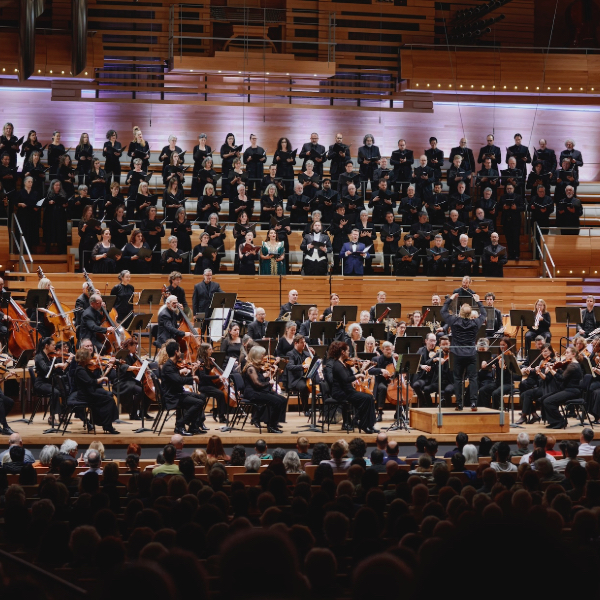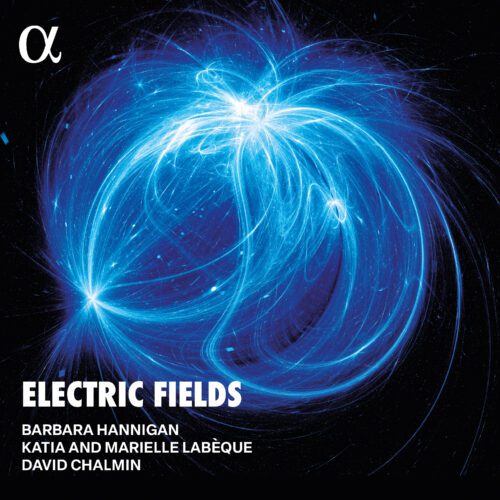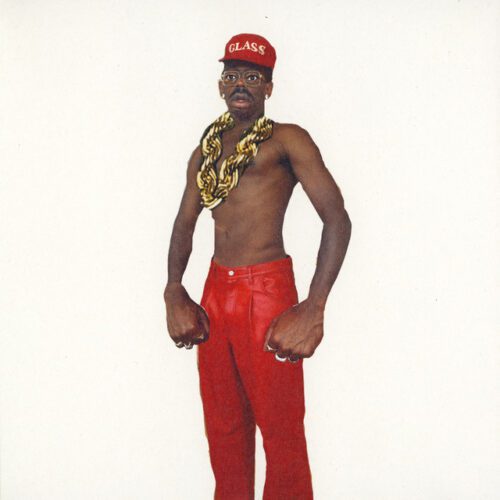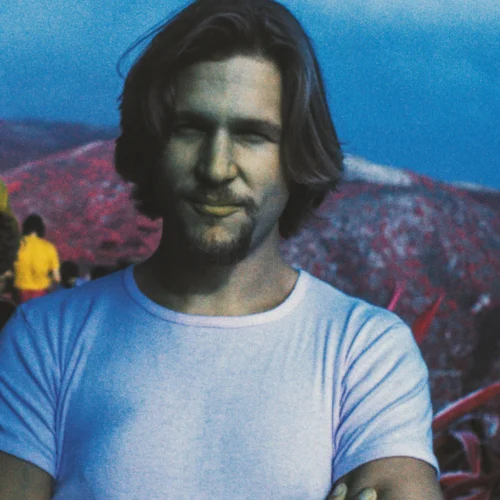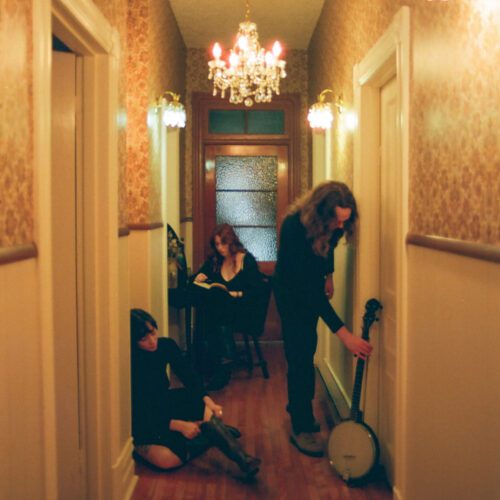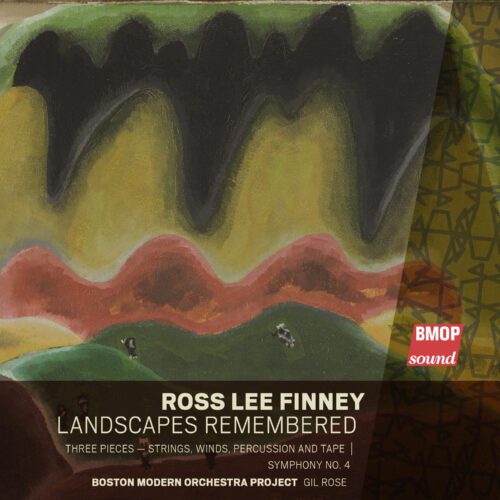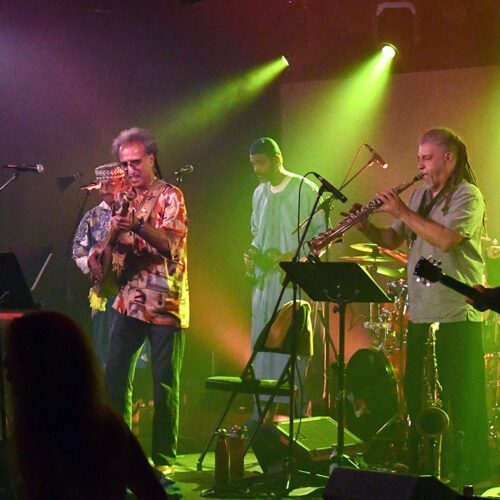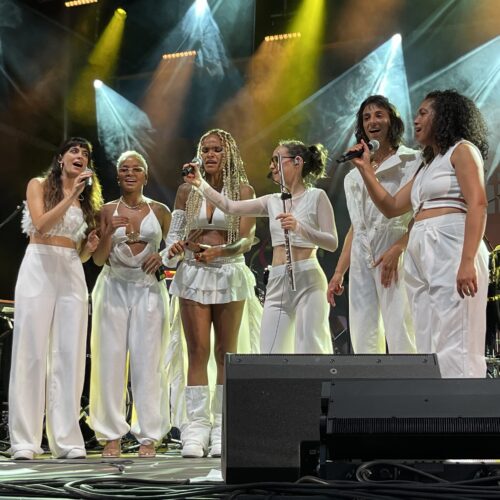For the final part of the Beethoven Marathon, only the two extremities of the symphonic corpus remained to be presented, with Marie-Pierre Brasset’s Amor Fati as a prelude.
Using the opening bars of Beethoven’s First, Brasset changes the ending to move towards her own musical language. Her piece is a slow progression towards an element, which doesn’t come to fruition and leaves us wanting more. It’s a pity, because the end is rather neat, as if five extra minutes had been needed to complete the piece.
The First is very well executed, with lightness and simplicity. In every movement, every detail is emphasized, but the second was the best. The various string entries are all homogeneous in style and articulation, and you can feel the movement running through the phrase. Everything remains elegant, even in the forte. It should also be noted that in the Scherzo Trio, the wind interventions are not identical the first and second times certain phrases are played.
The first movement of the Ninth is well played. The nuances are there and the musicians play with intensity. This is good, but not good enough, especially when tackling an archaic and monumental work such as this. The segues between sections lack fluidity, and there’s not enough depth in the bass. As in the First symphony, the second movement is the most successful. The sharp timpani stands out from the rest of the group in its solo interventions. Very demanding for the woodwinds, due to the many accented notes played in a fast tempo, fatigue is discernible in some of them, as evidenced by the few “ creaks ” discernible among the orchestral ensemble.
As for the following slow movement, unfortunately it quickly falls flat. The result is that one is easily distracted, for all the wrong reasons. The musical movement is very static and does not move forward; the long notes lack (enough) life and there is not (enough) relief in the whole. Although marked cantabile, we don’t get the impression that the musicians are singing the music. Then comes the famous last movement. What a Finale it was! From the first notes of the Ode to Joy theme in the lower strings, you know that what’s coming is going to be spectacular. Starting from almost nothing, this architectural construction only leads us to a glorious, liberating tutti before the entrance of the chorus. Speaking of the choir, they are vocally very diligent, despite a few inaudible consonants. The last few miles of this marathon make for an absolutely magical moment, because it’s all there: incredible soloists, nuances, accents, phrasing, power (what a long Gott [God] before the fanfare!), but above all dedication and emotion. The urge to leap to one’s feet at the very end is irresistible, but one can’t help wondering why we weren’t treated to this in everything that came before.
photo: François Goupil
